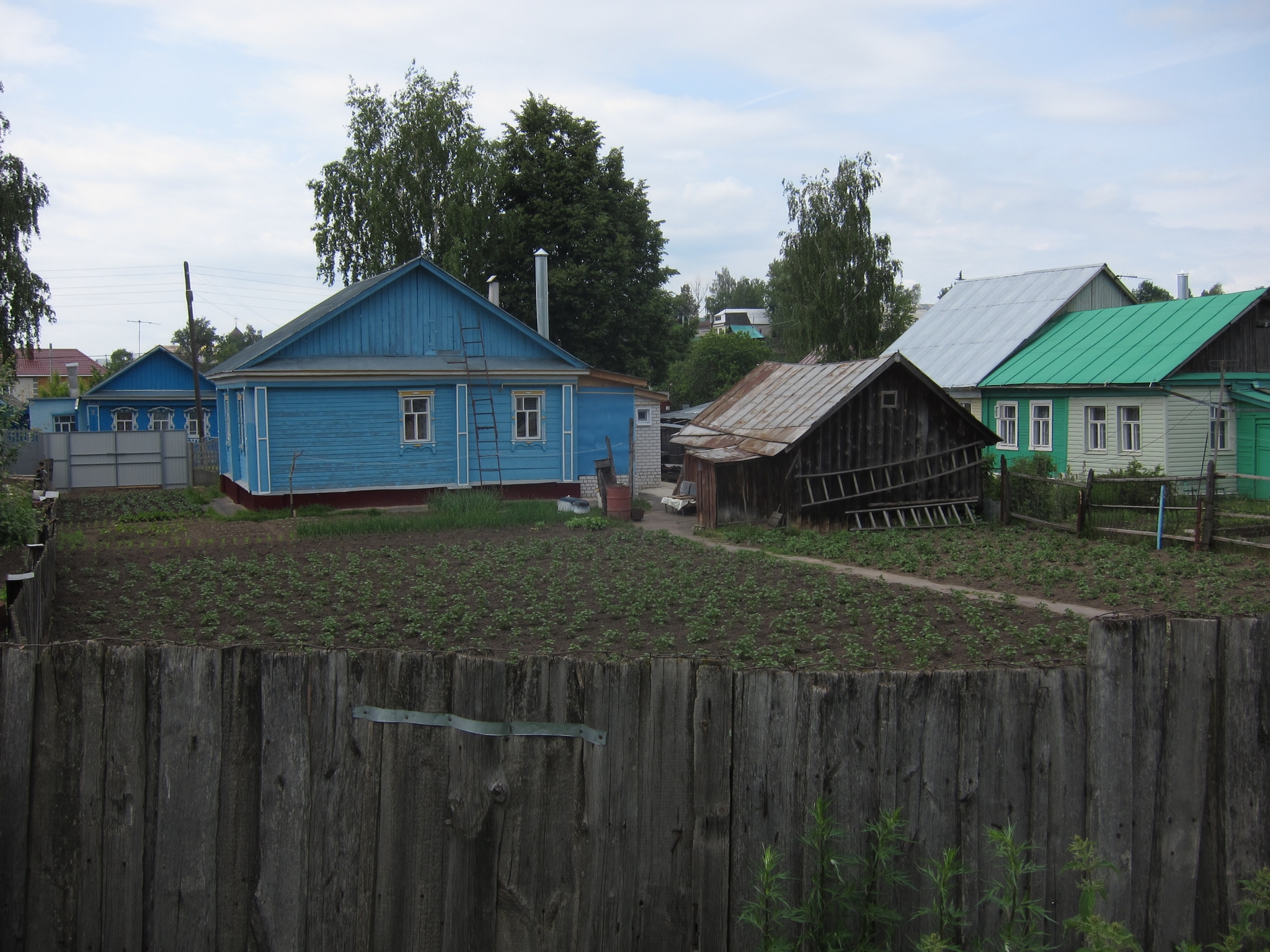Olericulture on:
[Wikipedia]
[Google]
[Amazon]
 Olericulture is the science of
Olericulture is the science of
Introduction to Olericulture by the Department of Horticulture and Landscape Architecture, Purdue University
{{Authority control Vegetables Organic farming Horticulture Edible plants
 Olericulture is the science of
Olericulture is the science of vegetable
Vegetables are parts of plants that are consumed by humans or other animals as food. The original meaning is still commonly used and is applied to plants collectively to refer to all edible plant matter, including the edible flower, flowers, ...
growing, dealing with the culture of non-woody (herbaceous
Herbaceous plants are vascular plants that have no persistent woody stems above ground. This broad category of plants includes many perennials, and nearly all annuals and biennials.
Definitions of "herb" and "herbaceous"
The fourth edition o ...
) plants for food.
Olericulture is the production of plants for use of the edible parts. Vegetable crops can be classified into nine major categories:
* Potherbs and greens – spinach and collards
* Salad
A salad is a dish consisting of mixed, mostly natural ingredients with at least one raw ingredient. They are typically served at room temperature or chilled, though some can be served warm. Condiments and salad dressings, which exist in a va ...
crops – lettuce, celery
* Cole crops – cabbage and cauliflower
* Root crops (tubers) – potatoes, beets, carrots, radishes
* Bulb
In botany, a bulb is structurally a short stem with fleshy leaves or leaf basesBell, A.D. 1997. ''Plant form: an illustrated guide to flowering plant morphology''. Oxford University Press, Oxford, U.K. that function as food storage organs dur ...
crops – onions, leeks
* Legumes
A legume () is a plant in the family Fabaceae (or Leguminosae), or the fruit or seed of such a plant. When used as a dry grain, the seed is also called a pulse. Legumes are grown agriculturally, primarily for human consumption, for livestock for ...
– beans, peas
* Cucurbits
The Cucurbitaceae, also called cucurbits or the gourd family, are a plant family consisting of about 965 species in around 95 genera, of which the most important to humans are:
*''Cucurbita'' – squash, pumpkin, zucchini, some gourds
*'' Lagena ...
– melons, squash, cucumber
* Solanaceous crops – tomatoes, peppers, potatoes
* Sweet corn
Sweet corn (''Zea mays'' convar. ''saccharata'' var. ''rugosa''), also called sugar corn and pole corn, is a variety of maize grown for human consumption with a high sugar content. Sweet corn is the result of a naturally occurring recessive muta ...
Olericulture deals with the production, storage, processing and marketing of vegetables. It encompasses crop establishment, including cultivar
A cultivar is a type of cultivated plant that people have selected for desired traits and when propagated retain those traits. Methods used to propagate cultivars include: division, root and stem cuttings, offsets, grafting, tissue culture ...
selection, seedbed preparation and establishment of vegetable crops by seed and transplants.
It also includes maintenance and care of vegetable crops as well commercial and non-traditional vegetable crop production including organic gardening
Organic horticulture is the science and art of growing fruits, vegetables, flowers, or ornamental plants by following the essential principles of organic agriculture in soil building and conservation, pest management, and heirloom variety prese ...
and organic farming
Organic farming, also known as ecological farming or biological farming,Labelling, article 30 o''Regulation (EU) 2018/848 of the European Parliament and of the Council of 30 May 2018 on organic production and labelling of organic products and re ...
; sustainable agriculture
Sustainable agriculture is farming in sustainable ways meeting society's present food and textile needs, without compromising the ability for current or future generations to meet their needs. It can be based on an understanding of ecosystem ser ...
and horticulture; hydroponics
Hydroponics is a type of horticulture and a subset of hydroculture which involves growing plants, usually crops or medicinal plants, without soil, by using water-based mineral nutrient solutions in aqueous solvents. Terrestrial or aquatic plant ...
; and biotechnology
Biotechnology is the integration of natural sciences and engineering sciences in order to achieve the application of organisms, cells, parts thereof and molecular analogues for products and services. The term ''biotechnology'' was first used ...
.
See also
*Agriculture
Agriculture or farming is the practice of cultivating plants and livestock. Agriculture was the key development in the rise of sedentary human civilization, whereby farming of domesticated species created food surpluses that enabled people ...
– the cultivation of animals, plants, fungi and other life forms for food, fiber, and other products used to sustain life.
* Horticulture
Horticulture is the branch of agriculture that deals with the art, science, technology, and business of plant cultivation. It includes the cultivation of fruits, vegetables, nuts, seeds, herbs, sprouts, mushrooms, algae, flowers, seaweeds and no ...
– the industry and science of plant cultivation including the process of preparing soil for the planting of seeds, tubers, or cuttings.
* Pomology – a branch of botany that studies and cultivates pome fruit, and sometimes applied more broadly, to the cultivation of any type of fruit.
* Tropical horticulture
185px, rubber tree (''Hevea brasiliensis''), and a bucket of collected latex
Tropical horticulture is a branch of horticulture that studies and cultivates plants in the tropics, i.e., the Equatorial climate, equatorial regions of the world. The f ...
– a branch of horticulture that studies and cultivates garden plants in the tropics, i.e., the equatorial regions of the world.
References
Introduction to Olericulture by the Department of Horticulture and Landscape Architecture, Purdue University
{{Authority control Vegetables Organic farming Horticulture Edible plants